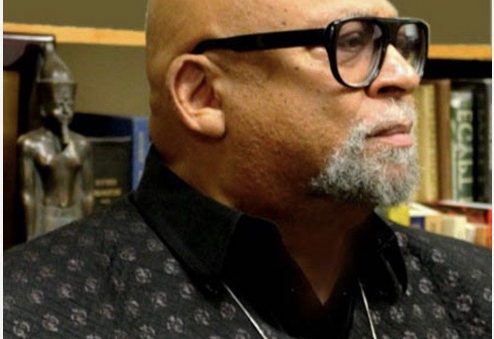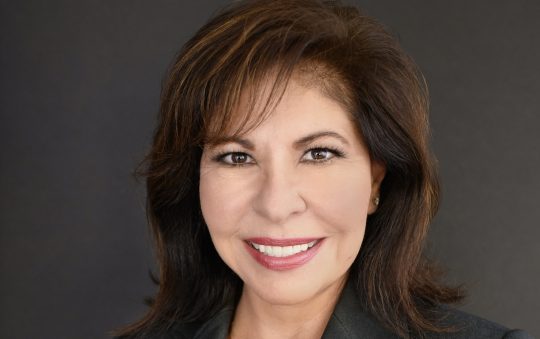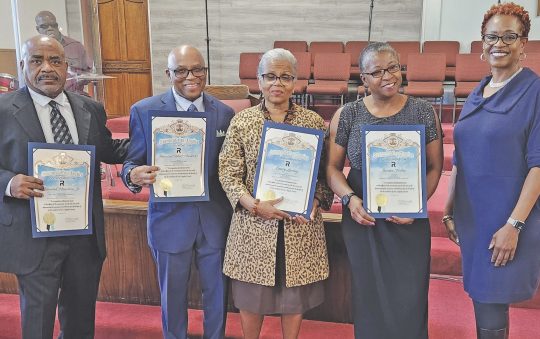As the nation adjusts to the new normal, education remains a topic of discussion as students have been learning from home. With assistance from teachers, parents are now asked to homeschool their children, but the question for many lies in resources.
The Partnership for Los Angeles Schools held a teleconference to discuss the issue of internet connection for residents mainly in Watts, Boyle Heights, and South Los Angeles. The call, which was held on April 22, 2020, discussed their brief “Bridging LA’s Digital Divide: Increasing Access to WiFi and Technology for Low-Income Communities and Communities of Color.”
“Unfortunately, in communities like Watts, it’s still the haves and have nots when it comes to what we think is a privilege like Internet access, but now it is needed for the livelihood of families and communities,” Ryan Smith chief external officer of the Partnership for L.A. Schools said. “So we request that all of our leaders across California work with community partners, students, and families to do everything possible to close these gaps urgently, particularly in implementation.”
“We are excited to continue to partner to think about these ideas and this is the beginning of our monitoring and implementation of these initiatives,” Smith stated.
The call discussed their poll of which they found 41 percent of families are without internet and nearly half are unaware of the resources available. Another 15 percent also found significant barriers when attempting to obtain WiFi through internet companies. 20 percent of families don’t have access to a computer, laptop, or devices necessary for assignments.
They also found that the only provider for Watts is AT&T, which average call times include a wait of 20 minutes up to an hour if a Spanish-speaking representative is needed. Although some companies offer hotspots, that is only so helpful as families with multiple children are bound to face some technical difficulties regarding either connection or lack of devices in the home.
The call included an extensive question and answer segment and leaders shared recommendations for the future to bridge the gap.
“The bottom line is that most of the families in our communities who lack internet access found that these were not viable offers. There was an issue of affordability. There was an issue of whether the service provided was sufficient. Then there was an issue of can they even access and get to the service that is supposedly being provided,” a representative from The Partnership for Los Angeles stated.
“We need to make sure we prioritize access for the communities with the greatest unmet needs first. We need to make sure we’re supporting schools technology and safety needs, ensuring that they have what they need to distribute this technology.”
“We need to ensure that there is the long term infrastructure in place for Internet access.” Continuing, “The efforts that LAUSD is making, the efforts that these companies are making to put a bandaid on the current problem are important, but we need to make sure that the long term access is there.”
Recommendations also include making federal funds available for equipping students with in-home access both short and long term. Simplifying the process for families to retrieve internet access and holding companies accountable for ensuring their promotions match the services they provide.
Though the turn of events was unpredictable, many are pleased with the work of LAUSD since the beginning of the coronavirus pandemic. Although the times we face are new, the digital divide highlights a civil rights issue dating back over 20 years according to Smith, as the discrepancies are more prominent in Black and Brown neighborhoods. “This has been an issue that’s clearly been documented over the last 20 years. [COVID-19] just brought this to light more.”
To read the brief “Bridging LA’s Digital Divide: Increasing Access to WiFi and Technology for Low-Income Communities and Communities of Color,” visit https://partnershipla.org/.









